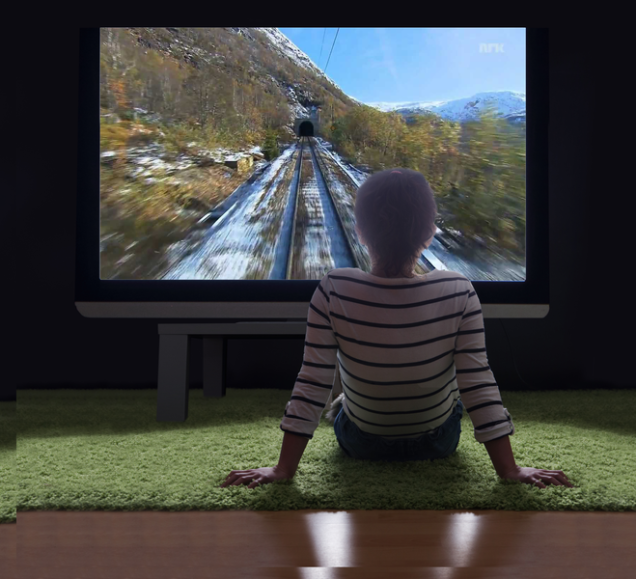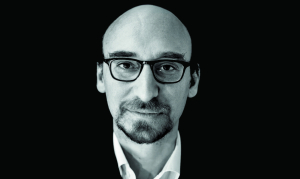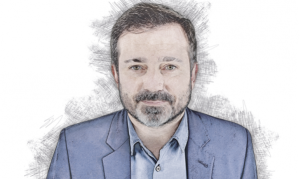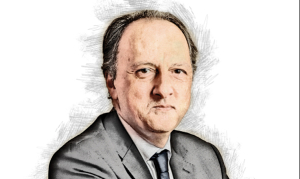The other day my wife and I took our son to the musée des Arts Forains here in Paris – I suppose that would translate into The Fairground Museum. Our guide told us that the original fairs (fêtes foraines) were created by the vendors of obscure medicines and cures. The music and lights were there to lure people in and sell them something.
What does that remind you of? It may be that advertising is a direct descendent of the fairground. That’s certainly the case of Hollywood: the zoetrope was a miniature carousel, after all, and the first film screenings, by the Lumière brothers in Paris and Woodville Latham and his sons in the United States, were popular, café-theatre gatherings.
The flashy, fairground aspects of audio-visual entertainment have persisted ever since, from superheroes on the big screen to Game of Thrones on the small. But all that may be changing, thanks to a strange but significant development.
It’s called Slow TV.
The phenomenon began in Norway, naturally, when in 2009 national broadcaster NRK screened an entire seven hour train journey, minute by minute. No actors, no plot. Just scenes from the train windows. It was reality TV without the gossip. Several viewers admitted to sitting through the whole thing.
The following year, the same broadcaster screened a boat making a 134-hour journey along Norway’s coast, in real time. And it was a huge hit, with half the Norwegian population watching at least a segment or two.
Now Slow TV is catching on elsewhere. In the UK, the BBC has screened real-time canal boat journeys and a three-hour tour of an art gallery. Manchester-based documentary film maker Tim Prevett began blogging about Slow TV after discovering it while doing his Masters degree (slowtelevision.blogspot.com).
“The reason I became interested is that Slow TV can be many things to different people,” he says. Examples range from real-time journeys to a live reading of the whole of War And Peace in Russia. Tim also mentions a film of a field being ploughed, and a broadcast of people singing through all 899 hymns in the Norwegian hymnbook.
In a way these are cousins of Andy Warhol’s 1963 art film Sleep, which showed the poet John Giorno sleeping for just under five and a half hours. But Warhol was making a comment about the cacophony of consumer culture, while Slow TV has no such axe to grind. It’s simply an alternative to traditional entertainment.
Tim says: “The interest for the audience includes relaxation, wallpaper TV – treating it like ambient music or an immersive media trip – to aspects of national heritage, pride and identity. When it’s done very well, Slow TV can become a monster of a national event, like the War And Peace reading. At the same time it can be a warm and cozy affair.”
Waiting to happen
As such it tends to appeal to older viewers, but Tim says events like the real-time screening of a treacherous rock climb could bring in a younger demographic. He adds that virtual reality headsets, with their ability to immerse viewers in a landscape, are ideal media platforms for Slow TV experiences.
But what about advertising? How can brands jump on the trend? Tim mentions a Virgin America online ad from 2014, for which San Francisco agency Eleven created a deliberately boring five hour film depicting a real-time flight on the imaginary Blah Airlines (see blahairlines.com). It starred shop window dummies doing… well, not much at all.
“A local station in the US broadcast a steak being grilled over 13 hours with embedded competitions to keep people hooked,” Tim adds. “An obvious inspiration for commercial Slow TV could be the film The Truman Show, which is the Slow TV of a man’s entire life, broadcast in real time. Much in Truman’s world – from appliances to clothes – is available to buy in catalogues, not to mention the obtrusive product placement pieces to camera.”
Why not a Slow TV production for a herbal tea brand? Or an anti-insomnia treatment? After all, watching yet another Terminator movie on Netflix is hardly the basis of a relaxing night’s rest.
My son was captivated by the fairground museum, but he also loves watching You Tube videos of train and even metro journeys. He projects himself into the action, imagining that he’s the one driving the train. Stations, tunnels, faster and slower – I may be bored, but he never is. I can hardly wait to get him a VR headset.
Television and cinema have more or less stuck to the same rules (story, dialogue, action, emotion) for so long that alternatives were bound to emerge. Whether brands will subscribe to the format remains to be seen. But Tim Prevett is convinced: “Slow TV in a commercial context is something waiting to happen.”




